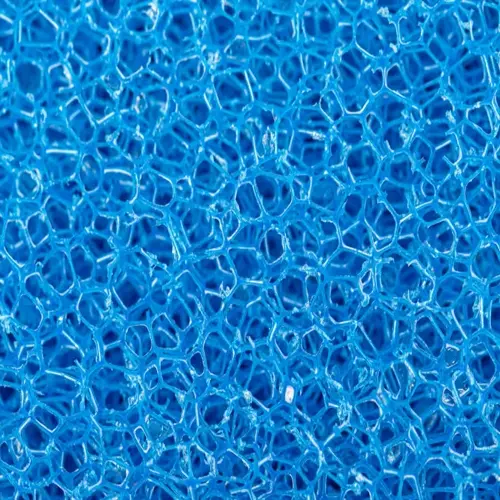Can tap water be used directly in aquariums?

Written by
Kailani Okoro
Reviewed by
Prof. Henry Webster, Ph.D.Using untreated tap water directly in aquariums creates a serious problem for aquatic life. Chlorine or chloramines are added to municipal water for disinfection. These toxic chemicals destroy the beneficial bacteria in the biological filters. Heavy metals, such as copper, accumulate and poison invertebrates, while phosphates cause recurring severe outbreaks of algae.
Chlorine and chloramines result in immediate biological harm by killing nitrifying bacteria. Within hours, filter crashes create ammonia spikes. Heavy metals bind to the gill areas of fish, causing complete respiratory failure. I witnessed the death of shrimp after using untreated tap water. The level of copper under 0.25 ppm is fatal to crustaceans.
Phosphates and nitrates found in tap water will cause constant algae problems. These nutrients support the growth of hair algae and cyanobacteria blooms. Silicates promote diatom blooms coating the surfaces. My planted tank was plagued with green water until I changed the source of the water I was using. Tests for the source showed 3 ppm of phosphate in the local tap water.
Conditioning Process
- Test tap water parameters first
- Use dechlorinator at recommended dosage
- Aerate water for 24 hours
- Match temperature to aquarium
Advanced Treatment
- Install phosphate-removing media
- Use heavy metal binding resins
- Pre-filter with activated carbon
- Consider RO system for sensitive tanks
Sensitive Tank Protocol
- Always use RO water for shrimp tanks
- Remineralize RO water before use
- Test purified water before adding
- Maintain GH/KH for specific species
Always test and condition tap water beforehand to use in an aquarium. Use liquid test kits or equivalent to discover harmful contaminants in the water. Conditioners neutralize chlorine instantly, but they also require the water to be mixed thoroughly. My community tank underwent a significant change when pretreatment was introduced. Never add water that has been taken directly from the tap to the tank.
Consider reverse osmosis units for reefs or sensitive environments, such as aquaria with shrimp. RO removes 90-99% of all contaminants and makes sure you remineralize with GH/KH supplements. One of the main reasons why my crystal red shrimp colony stabilized was switching to RO water.
Establish preventive water management habits. Store pretreated water in new, designated containers. Check each month for alterations in municipal water quality. My log revealed seasonal spikes in nitrate levels in tap water. Revise your methods as needed to maintain consistent safety.
Read the full article: Understanding Aquarium Water Parameters

